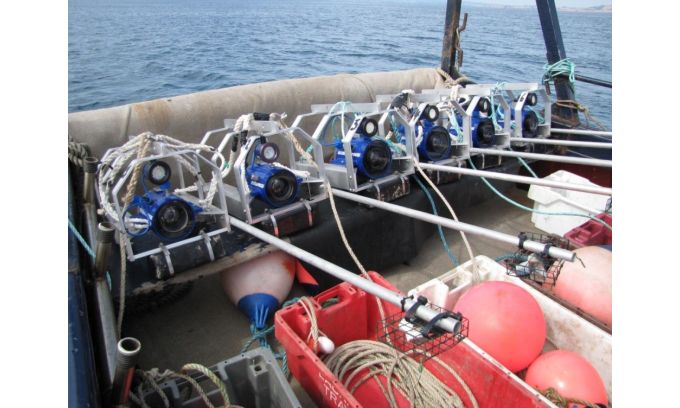
Plymouth and Exeter universities have completed the first set of ecological studies as part of the EU Horizon 2020 funded CEFOW (Clean Energy from Ocean Waves) project. The research was carried out at the European Marine Energy Centre (EMEC)’s grid-connected wave energy test site where Wello Oy’s Penguin wave energy converter has been operating since March 2017.
As part of the CEFOW project, the ecological surveys will take place over three consecutive summers to investigate the cumulative impact of multiple wave energy converters (WECs) on the seabed habitat and associated ecosystem.
“As wave energy is still in the R&D phase of development, it is important to monitor the impact of wave energy converters on the local ecosystem including the abundance of commercially important fish, habitat building biogenic reef species, and water filtering shellfish,” said Emma Sheehan of Plymouth University. “By conducting the studies over multiple years, we can build up a robust picture of the test site, and any impact that wave energy deployments may have.”
Monitoring involves the use of non-destructive towed underwater video systems and baited remote underwater video systems to analyse species and habitats on and around the seabed, close to the Penguin device, as well as at control sites to the north and south of the WEC.
The multi-year dataset will assist with understanding the degree of natural spatial and temporal variation of marine organisms at EMEC’s test site. The studies will also provide information to marine energy stakeholders of any positive and negative effects so that they can be optimised and/or mitigated as wave energy technologies develop.
Initial observations indicate the presence of a variety of species, including cod, plaice and octopus, and both sand and rock habitat types. No conclusions regarding the impact of the devices can be made until the end of the project once all data has been collected, analysed and a robust, comparative study can be completed.







